All this inspired the Gucci Museo design as a place that would share with the public the wonders of its archives, a strong reference behind the design of the articles on sale in the Gucci boutique a stone's throw away in Via Tornabuoni and in the hundreds of shops scattered the world over. Like all fashion archives, those of Gucci do not only bow to the rule of preserving order but also and especially to the strategy of breaking up the past and creatively recomposing it. It is the place of reference of the creative director, a figure that has only recently stepped into the limelight in the fashion world.
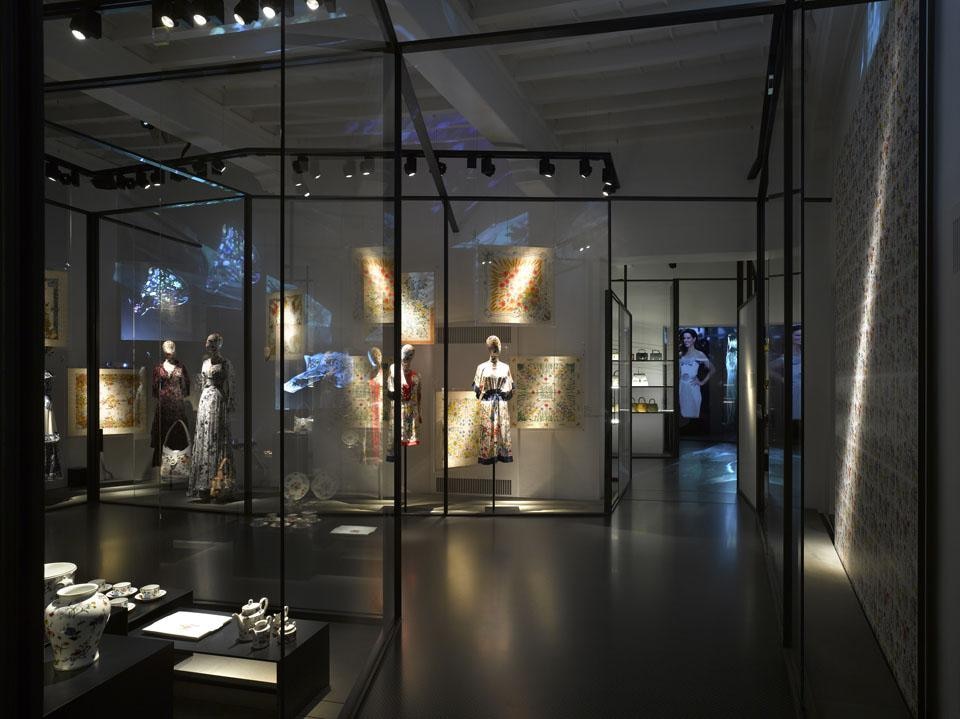
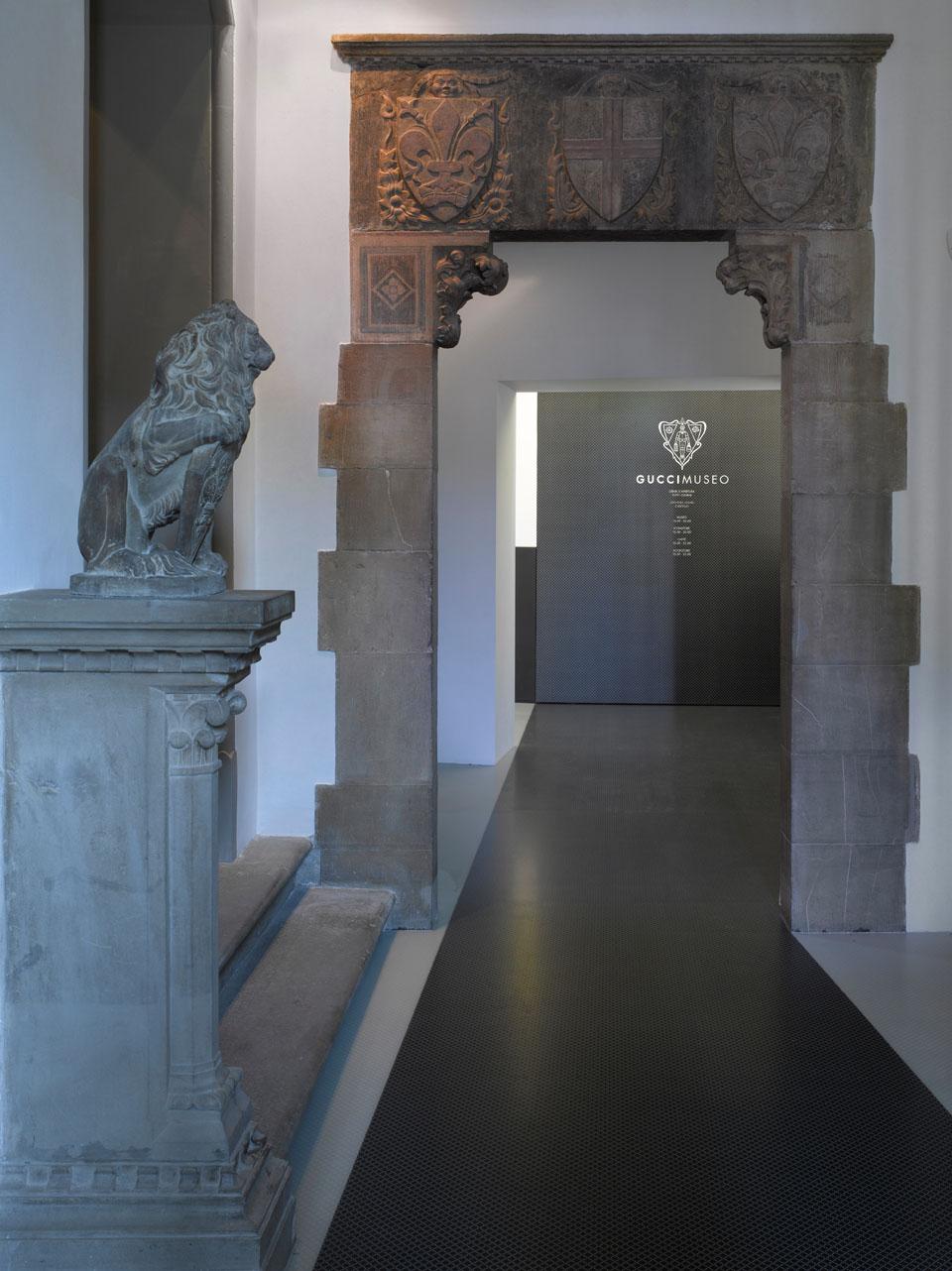
The solution was to design a fluid structure that revolved around its visitors—a continuous metal frame that passes from one room to another, a sort of aquarium with larger-than-life glass-cases that serve as a number of Gucci cabinets of curiosities.
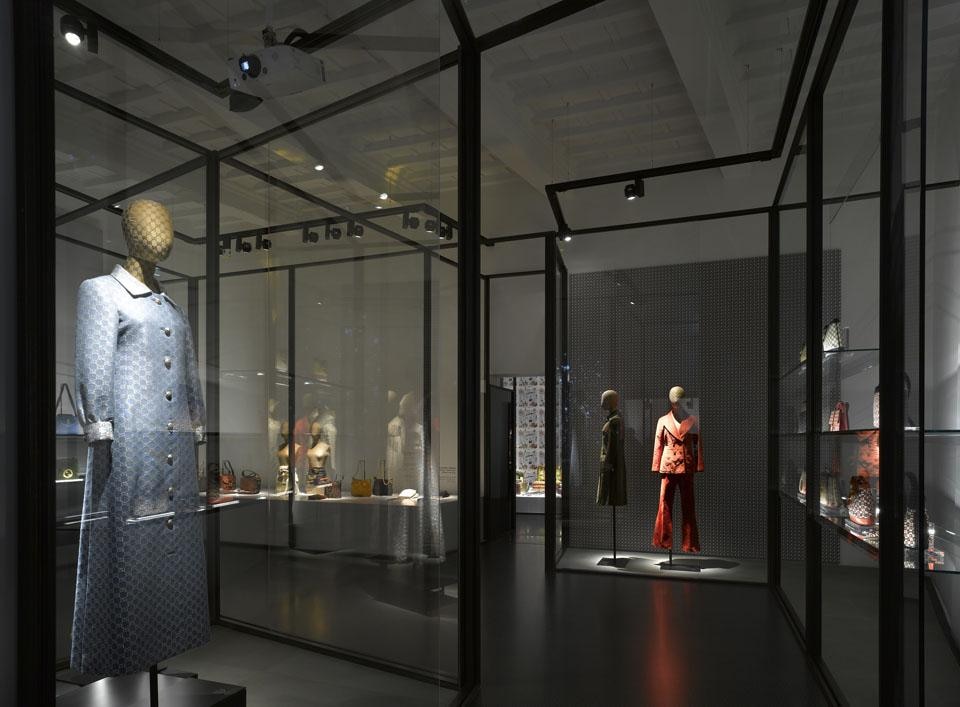
_courtesy%20of%20Richard%20Bryant%20&%20Gucci1.jpg.foto.rmedium.jpg)
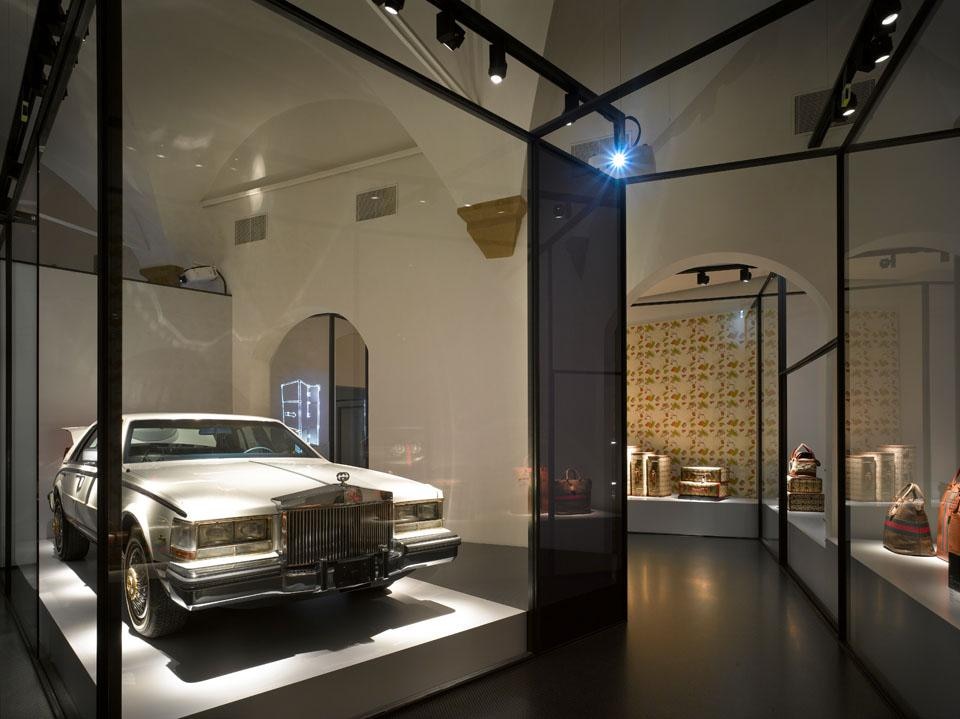
Maria Luisa Frisa
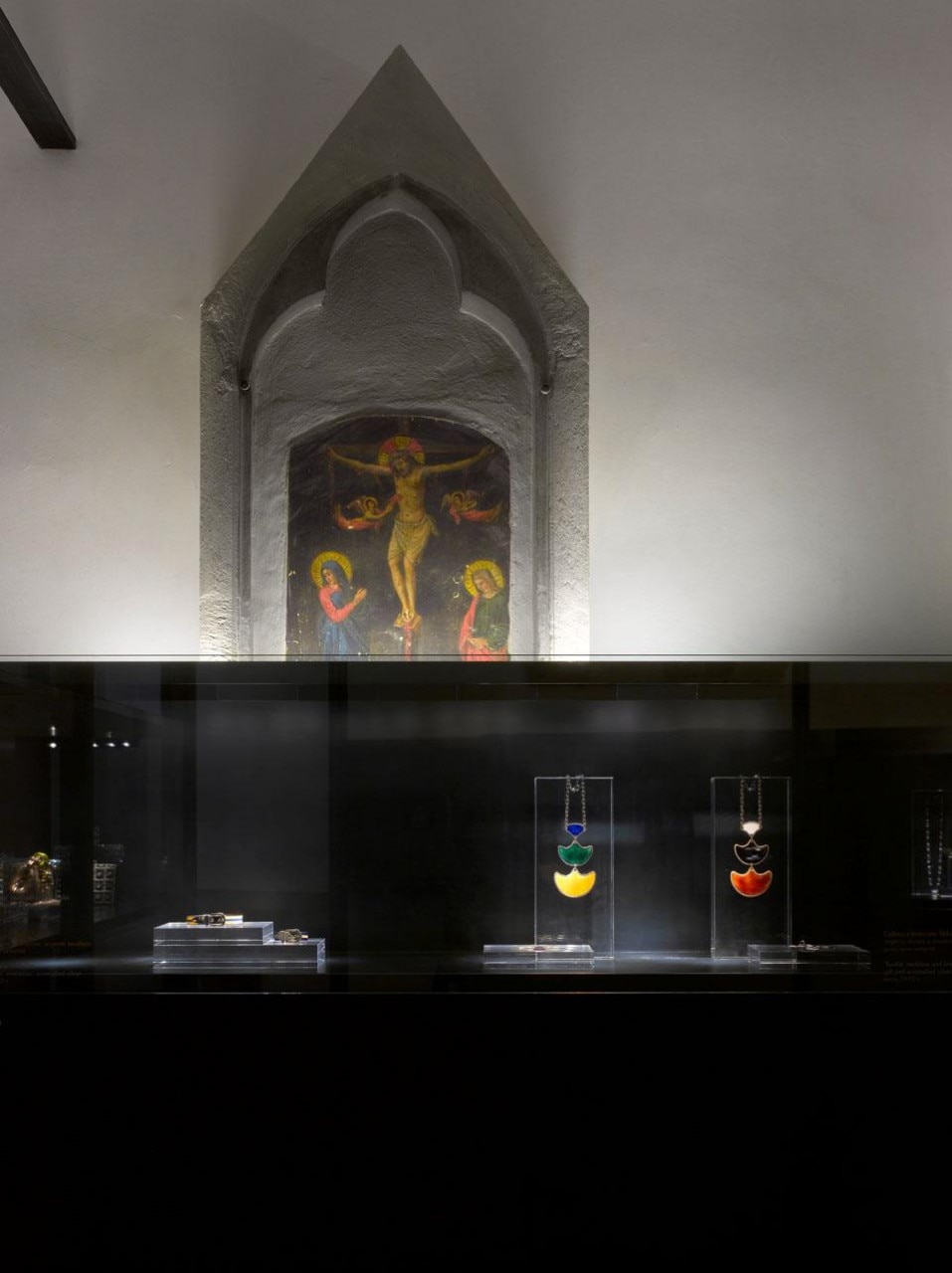


_courtesy of Richard Bryant & Gucci3.jpg.foto.rmedium.jpg)